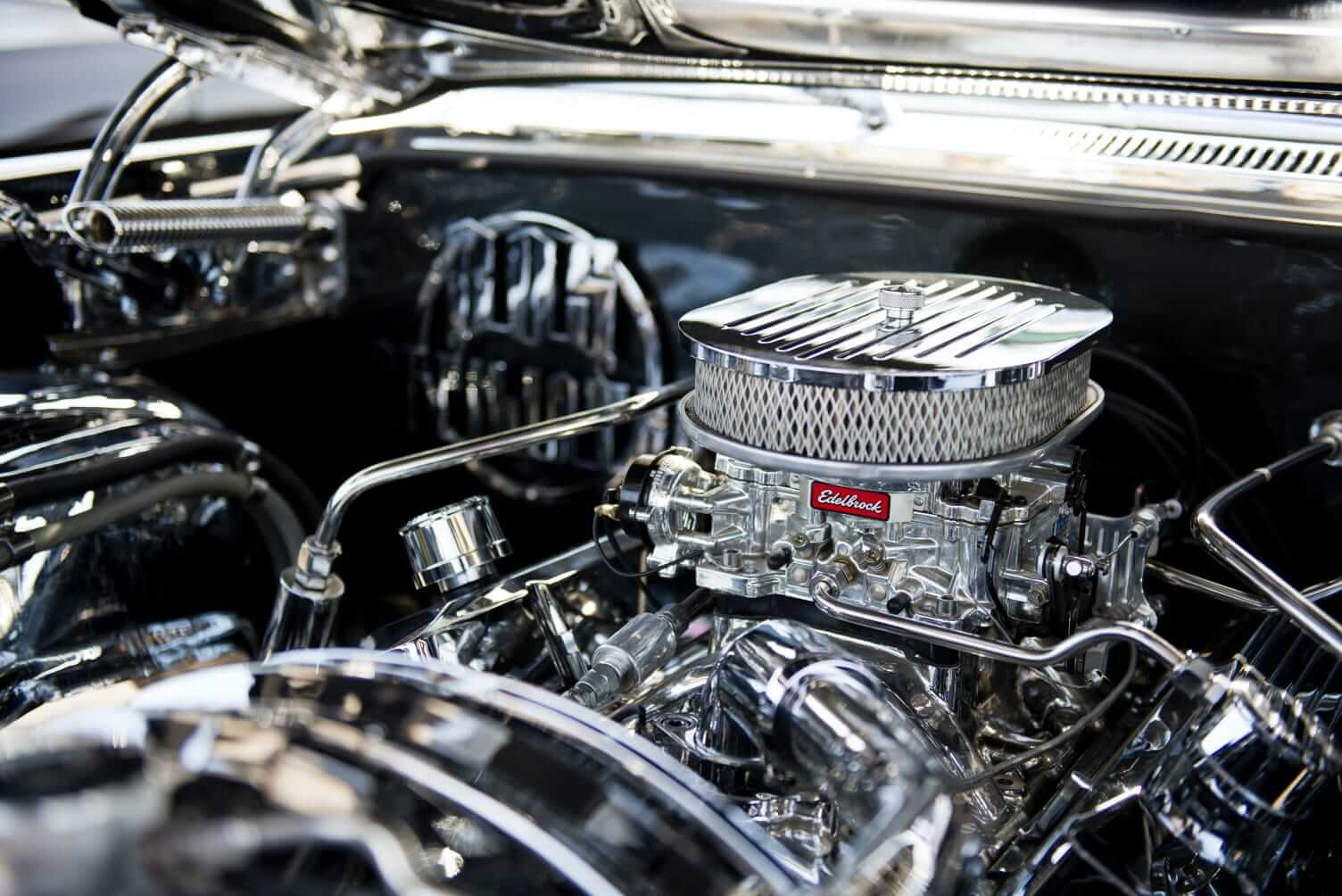

A vehicle’s axle is comprised of a large bar, usually a steel transaxle or drive shaft, that connects the wheels to the steering system, engine and transmission. Power and torque are transferred from the engine and transmission, respectively, through the axle and to the drive wheels. While some axles are more complex – cars with split-axles, for instance, utilize CV joints to provide independent suspension to each wheel – but they all essentially work to do the same thing: make your car tires spin.
Because axles are essential to your car’s operation, it’s important to keep them working properly, if you see one of the following signs, you can tell that your axle is in disrepair:
Suspension is the system of tires, tire air, springs, shock absorbers and linkages that connects a vehicle to its wheels and allows relative motion between the two. Suspension systems must support both road holding/handling and ride quality, which are at odds with each other.
But how can you tell if something is wrong with your suspension? Here are some common signs of suspension problems.